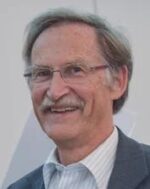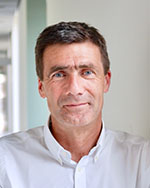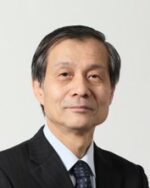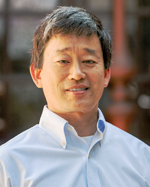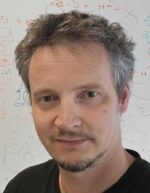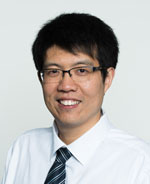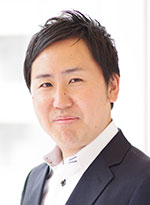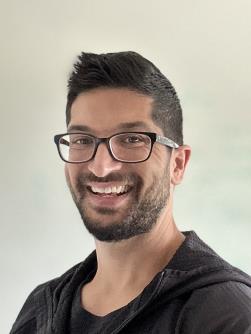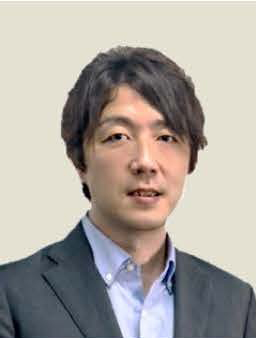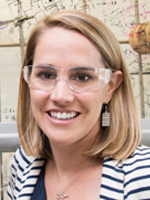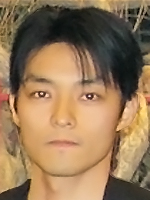Professor Manfred Reetz
Emeritus Director and Head of the External Research Group Biocatalysis at Max-Planck-Institut für Kohlenforschung, Germany
2025
Professor Reetz has made outstanding contributions to biocatalysis and protein engineering by integrating organic chemistry with molecular biology, along with his achievements in transition metal catalysis and other organic synthesis methodologies. He pioneered the directed evolution of enzymes by developing innovative methods for the semi-rational design of biocatalysts for chemo-, regio-, and stereoselective transformations. Key techniques he introduced include the combinatorial active-site saturation test (CAST), which improves enzyme selectivity and efficiency through targeted mutations at the active site. His advancements in high-throughput screening have accelerated enzyme optimization, making directed evolution a practical tool for asymmetric synthesis. Thus, Professor Reetz has greatly enhanced the role of biocatalysts in sustainable industry.
Professor Thorsten Bach
Professor of Organic Chemistry, School of Natural Sciences and Catalysis Research Center, Technische Universität München, Germany
2024
Professor Bach is the pioneer of enantioselective photochemistry and one of the leading experts in the field. He and his group showed successfully that chirality can be introduced by photochemical transformations, both in a stoichiometric and a catalytic sense. By using hydrogen bonding interactions, a temporary chiral confinement was created in which photochemical reactions proceeded with high enantioselectivity. Bach established the use of chiral Lewis acids for catalytic photochemical reactions, and he successfully devised chiral sensitizers as catalysts for visible light-induced asymmetric photochemistry. In recent years, he demonstrated that photochemistry can be employed to convert racemic mixtures into single enantiomers (photochemical deracemization) employing either a selective triplet energy transfer or a reversible hydrogen atom transfer as vehicle to facilitate the counter-thermodynamic process. His creative ideas and his ground-breaking research accomplishments have taken photochemistry to the next level of complexity.
Professor Kenso Soai
Professor Emeritus, Tokyo University of Science, Japan
2023
Professor Soai made a groundbreaking discovery in the realm of chirality by identifying the first instance of asymmetric autocatalysis involving 5-pyrimidyl alkanol in the enantioselective addition of diisopropylzinc to pyrimidine-5-carbaldehyde, called as the Soai reaction. Asymmetric autocatalysis is a reaction in which a chiral product serves as a catalyst for its own production. The Soai reaction exhibits the remarkable capability to significantly enhance the enantiomeric excess of the initial asymmetric autocatalyst, transforming it into a near-enantiopure compound during the consecutive asymmetric autocatalysis. Furthermore, his research delved into the origins of chirality, using various chiral triggers within the Soai reaction to relate to the chirality of highly enantioenriched organic compounds. The Soai reaction was found to be triggered by diverse factors, including chiral minerals, circularly polarized light, chiral crystals composed of achiral compounds like γ-glycine and isotope chirality. Most astonishingly, the Soai reaction demonstrated the ability to achieve spontaneous absolute asymmetric synthesis without any external chiral factors. Thus, Professor Soai has made invaluable contributions to the study of chirality.
Professor Gregory C. Fu
Norman Chandler Professor of Chemistry, Division of Chemistry and Chemical Engineering, California Institute of Technology, USA.
2022
Professor Fu has made important contributions to the development of new synthetic methods based on his original design of catalysts and reactions. Fu designed planar-chiral nucleophilic catalysts by fusing DMAP to ferrocene for a variety of asymmetric reactions as represented by acylative kinetic resolution. This achievement, where nitrogen atoms in designed catalysts function as a “working element” in asymmetric catalysis, served as an early contribution to the field of “asymmetric organocatalysis”. Fu’s research interests also include transition-metal catalysis. He established a way to utilize unreactive chloroarenes in Pd-catalyzed sp
2–sp
2 cross-couplings using tri-
t-butylphosphine as a ligand. Fu then turned his attention to asymmetric sp
3–sp
3 carbon–carbon bond-forming cross-couplings using chiral nickel catalysts. His work on enantioconvergent reactions of racemic electrophiles is particularly notable. Fu also succeeded in asymmetric sp
3 carbon–heteroatom bond-forming cross-couplings using chiral copper catalysts under irradiation of light. Unlike conventional transition metal/photosensitizer binary catalyst systems, his system needs only a single catalyst. Fu’s achievements are admired not only for their superb profiles and the uniqueness of the individual reactions, but also for their role in pioneering new research fields and applications in organic synthesis.
